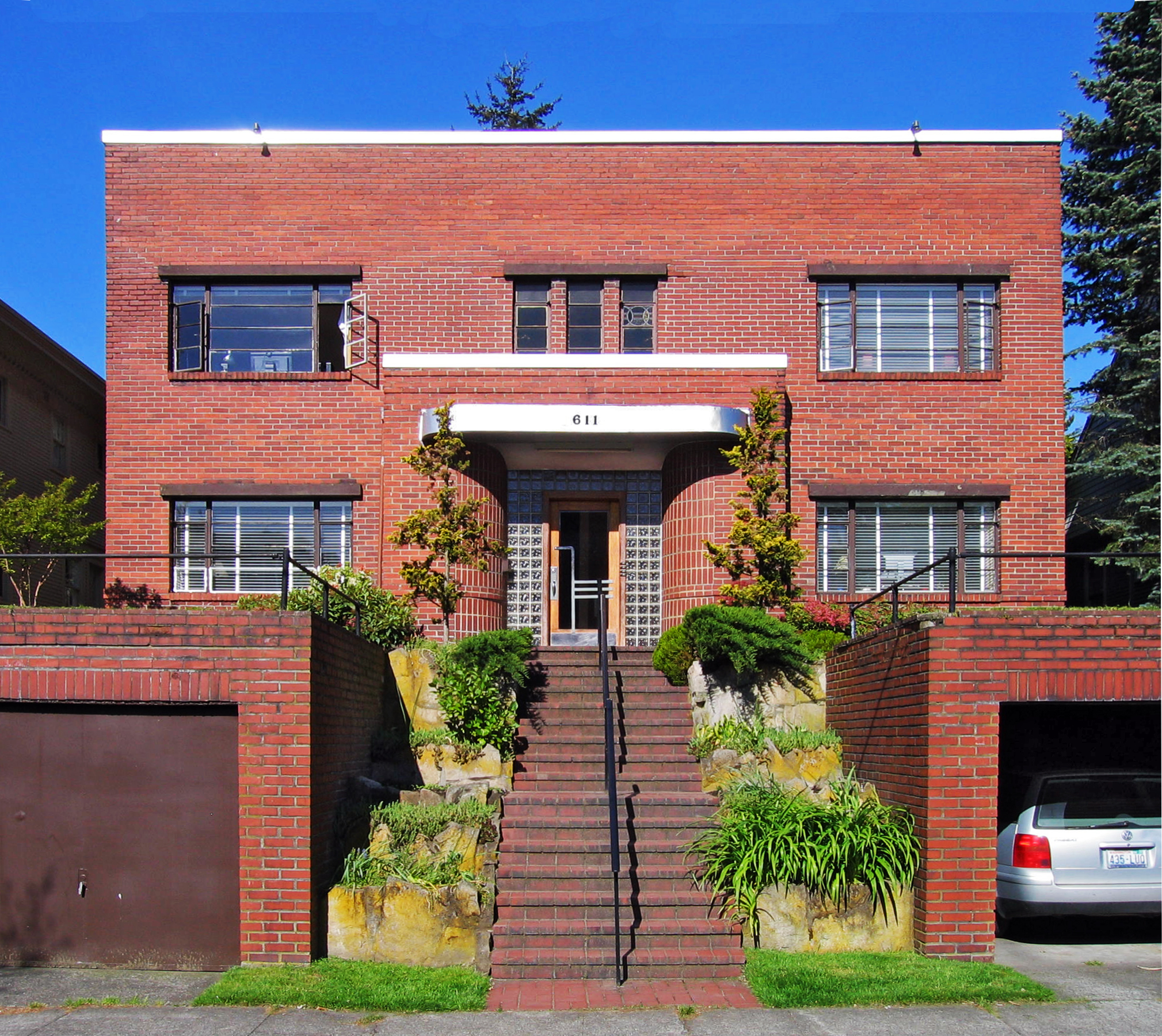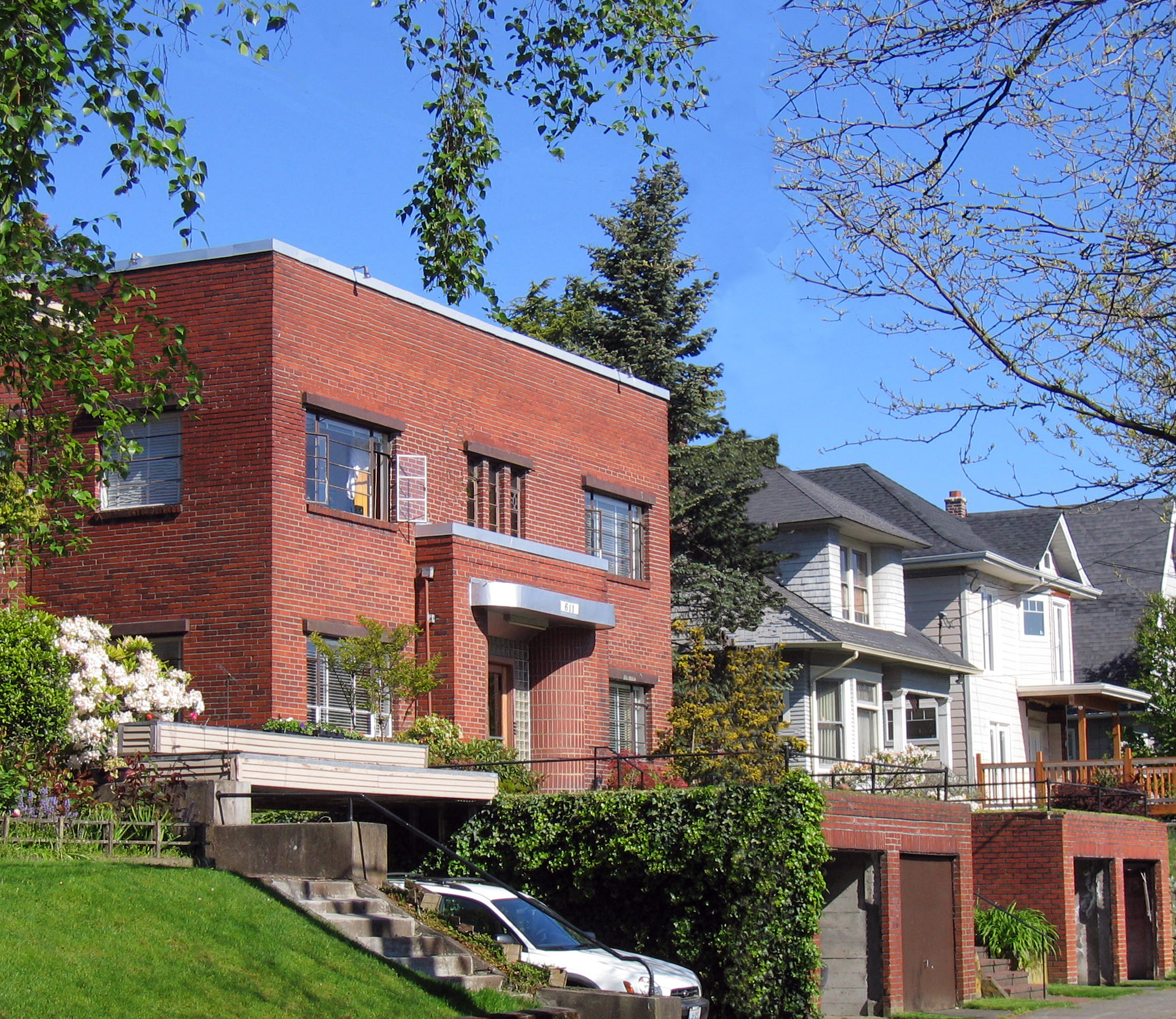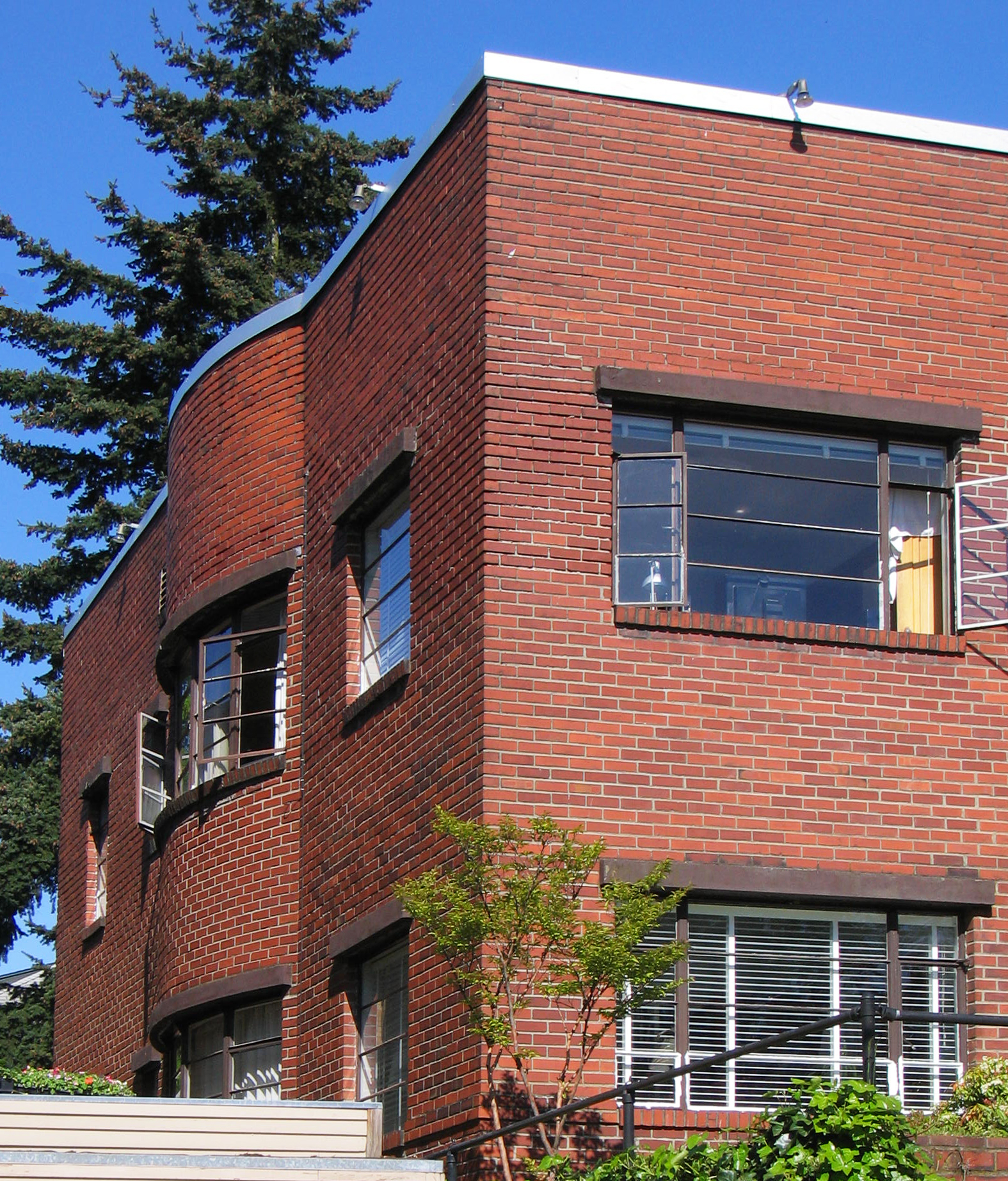Building at its most fundamental level is about providing shelter from the elements, and to that end is traditionally a reflection of the environmental forces that shaped it as well as the materials and technological savvy available to accomplish the task. Like many places, the Pacific Northwest has its own building traditions reflecting both its environment and resources. On a domestic scale, the craftsman bungalow, perhaps the most recognizable vernacular, possesses large overhangs, lapped siding, and skillfully executed wood trim -- all elements reflecting our region’s wet winter months and abundance of trees. With the expansion of national and international awareness, as well as industrialization, the ties of building to place are increasingly tenuous. Exotic examples from distant locations become more prevalent as designers search outside local precedent to things more tantalizing and evocative.

The Lacrosse Apartments, on the corner of East Thomas Street and Malden Avenue East, is a successful grafting of a typically Pacific Northwest single family residential architectural vocabulary. In this case the craftsmen style is applied onto a larger apartment building designed in a vernacular that is more likely to be seen in the warmer and sunnier climates to our south, in California or even Mexico. This pairing of rather distant vernaculars may at first strike one as odd, but upon further consideration the regional modification to a stucco building makes sense. Generous roof overhangs and projecting window trim, as well as a subtly projecting cornice between the first and second floors, are among those elements on the Lacrosse easily associated with bungalows, while broad expanses of stucco (including Spanish Rococo inspired parapets) reveal some of the Lacrosse’s southern heritage. Given that stucco needs greater rain protection than the typical brick or lap-siding-clad Capitol Hill apartment, the above mentioned craftsmen elements make a good deal of sense.
Seen from the intersection of Malden Avenue East and East Thomas Street, one of the first architectural features to catch the eye is generous roof overhang, which add a distinctive horizontal emphasis to the elevations. The projecting roofs are larger than one would typically encounter on a bungalow, as they are here appropriately scaled to a three-story building, where the overhang provides greater weather protection to the taller building. Visually, the larger size of the overhangs combined with their lower height relative to the building corners act as a subtractive counter point in distinction to the taller vertical corners. Where the overhangs are absent, the parapets have a robust cap, whose heft -- while not as effective as the overhangs -- provides some measure of water protection to the top of the wall.
[caption id="attachment_2488" align="alignnone" width="700" caption="The Lacrosse Entry"]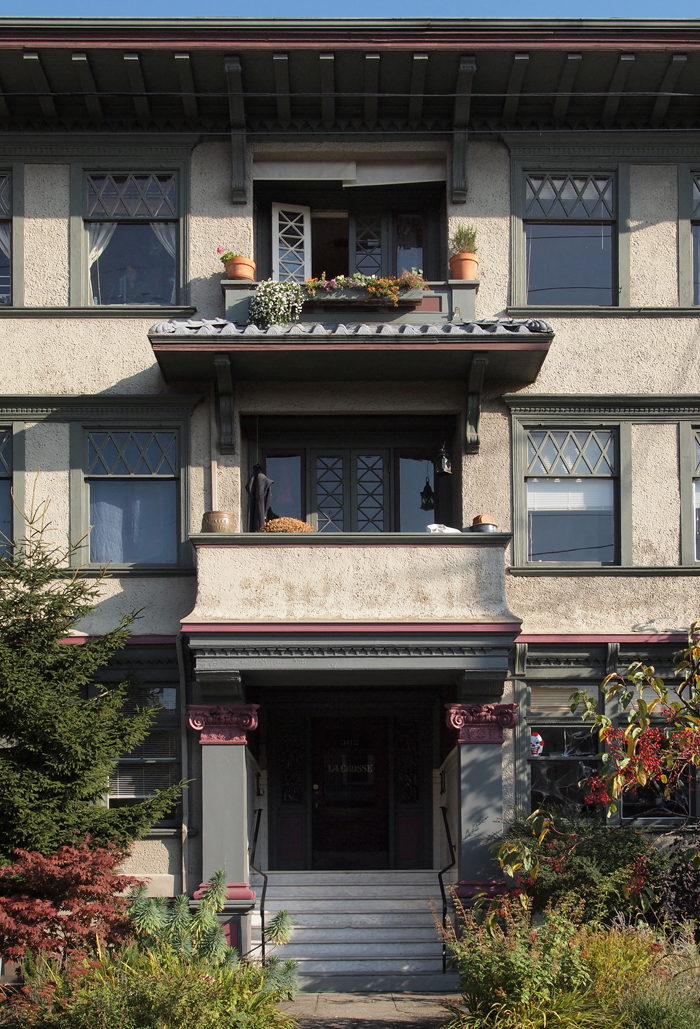 [/caption]
[/caption]
The Lacrosse’s entry concisely presents many of the building’s noteworthy elements. Columns flanking either side of the stair support a balcony, the base of which is a low cornice demarcating the first from the second floor, while the roof sheltering the balcony provides another hint of the Lacrosse’s dual heritage in the curved ceramic tile shingles commonly seen on mission style buildings. The Terra-cotta pots, although not part of the architecture, are a nice touch. Over-sized support brackets at both the balcony and building roofs lend importance to these portions of the elevation. Also well represented at the entry is the building’s contrasting use of color.
[caption id="attachment_2490" align="alignnone" width="700" caption="Corner Tower at Malden and Thomas"]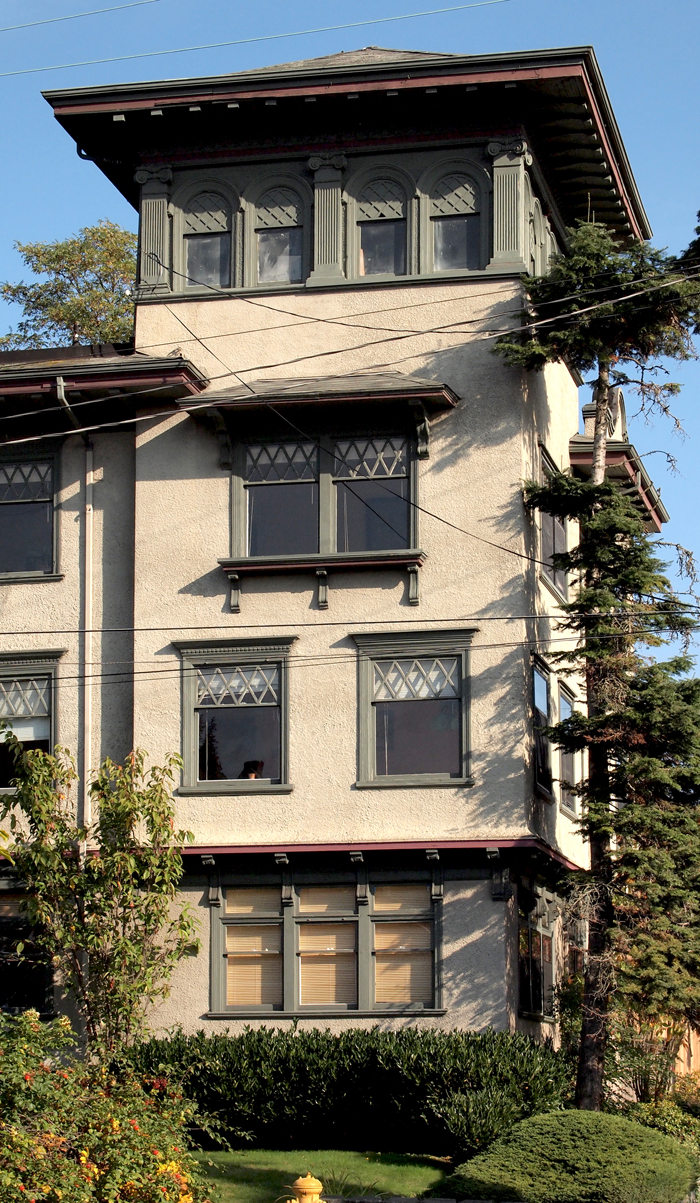 [/caption]
[/caption]
In the above view, the more expressive realization of the cornice first encountered at the entry balcony can be seen demarcating the first and second floors. Above the cornice a slight outward curve directs rainwater away from the first floor, as the roof overhang is too distant to offer much assistance. Above the cornice, the projection of trim over the window’s head deflects water away from the opening, while on the third floor a mini-hip roof protects a pair of windows on the Lacrosse’s main facade. The intersection of Malden Avenue and Thomas Street is marked by a tower which has a post and beam structure, another reference to our region’s timber framing. The transition from the visual mass and solidity of the stucco-clad building base to the lighter and more transparent top floor is one of the best expressive building corners on Capitol Hill and is well integrated with the building's tectonic vocabulary.
[caption id="attachment_2493" align="alignnone" width="700" caption="Cornice at First Floor Window"] [/caption]
[/caption]
The attention to detail by the building’s designer is in evidence here, the transition from the cornice, to brackets, to window framing. All elements easily flow from one to another, without a break in rigor. It is as if the second floor gently extended out from the first floor, extruding the brackets in the process. This detail is in contrast to that of the brackets at the entry and the hip roof on the corner, where the desire was to compose those elements as added to the building’s mass, as they are not integral to the window framing and are instead supported by the stucco wall, revealing that every detail has its own specific place within the whole.
Assigning stylistic principles to buildings, while convenient, can gloss over their origins. While craftsman is certainly an easier moniker than, for example, “from-the-damp-northwest-and-made-of-timber”, a knowledge of both the stylistic name and its environmental genesis makes field observations more fulfilling, especially as we gaze upon an assemblage of differing ‘styles’ as well executed as those in the Lacrosse Apartments.
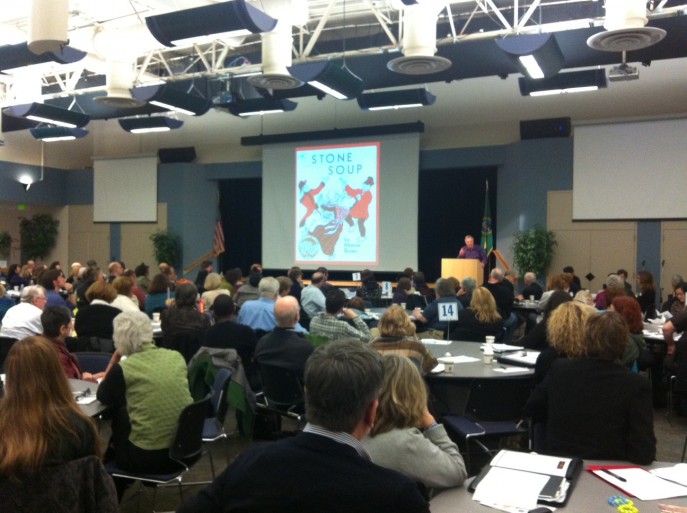 [/caption]
[/caption]
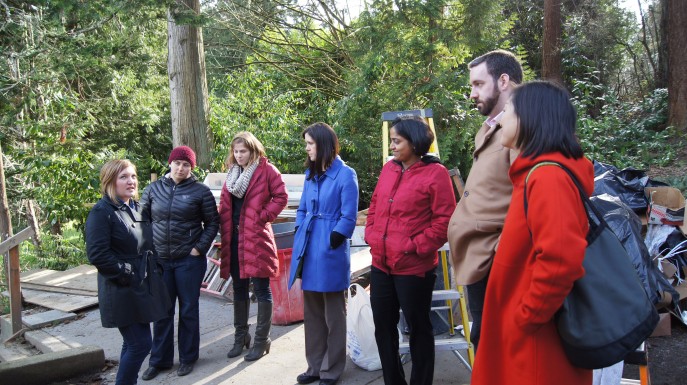
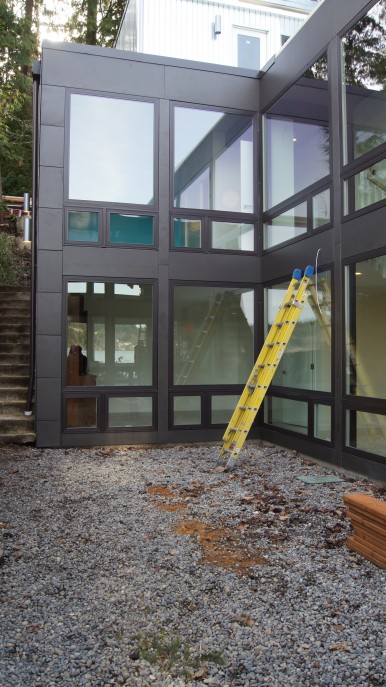
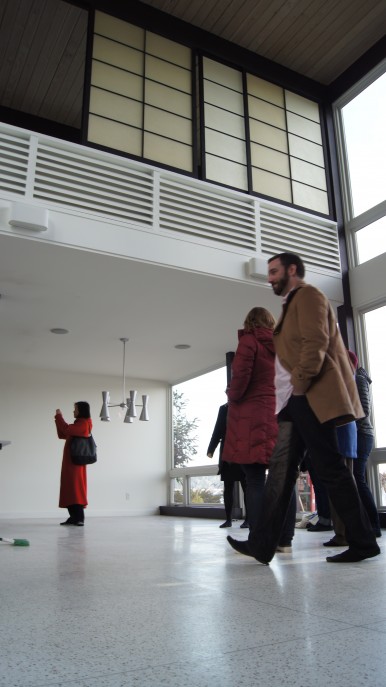
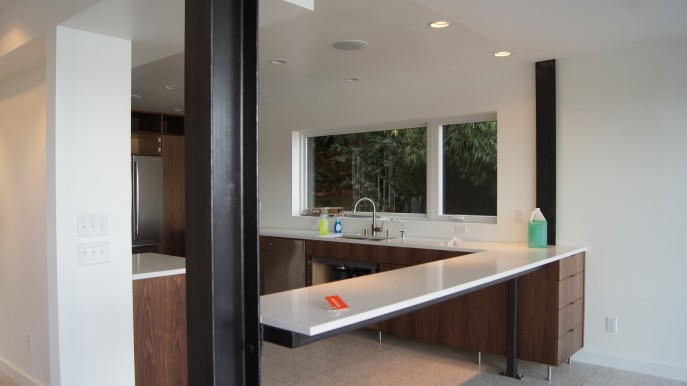
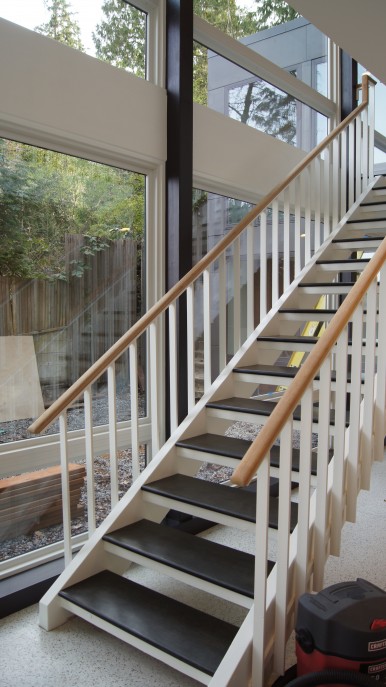
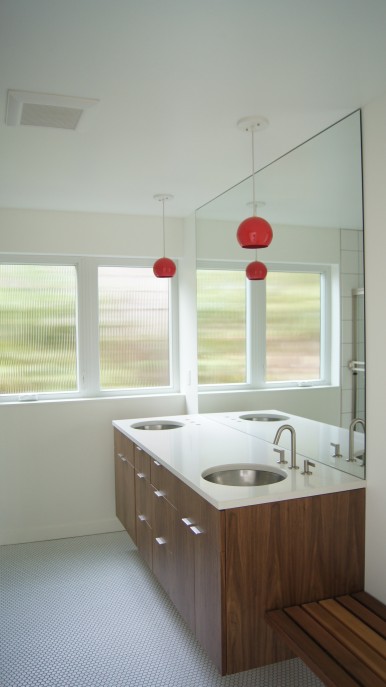
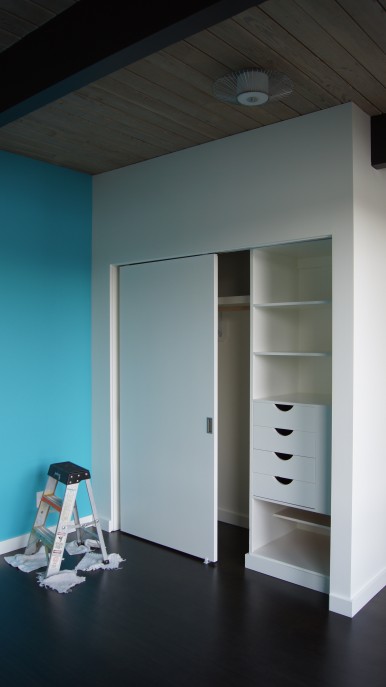
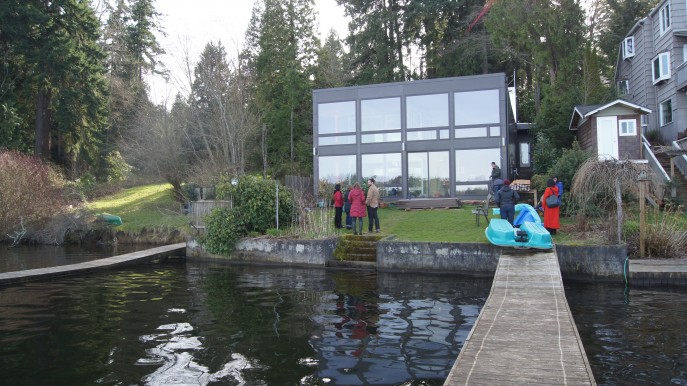
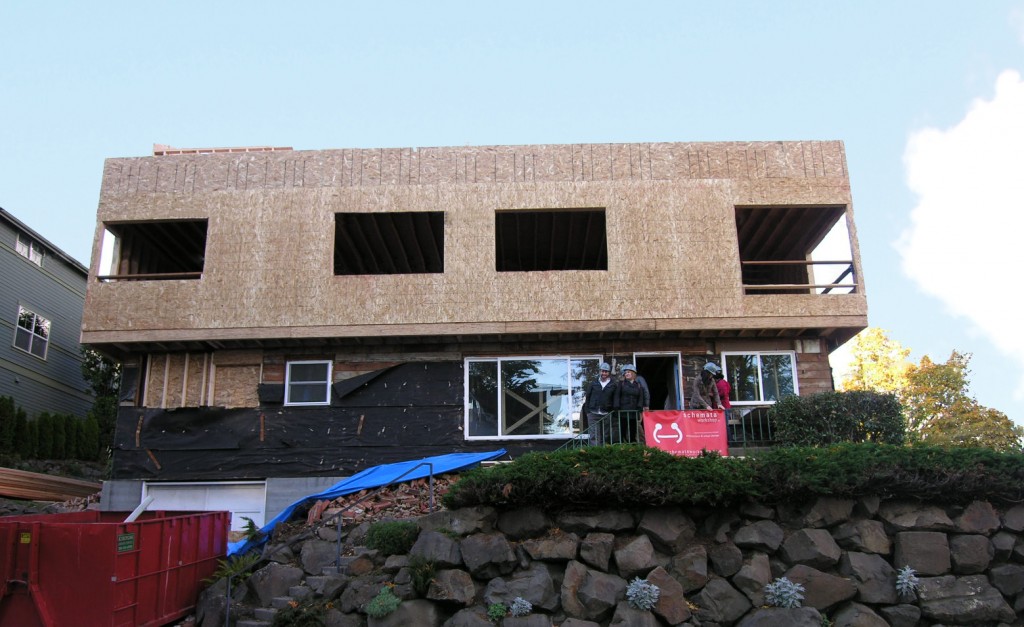
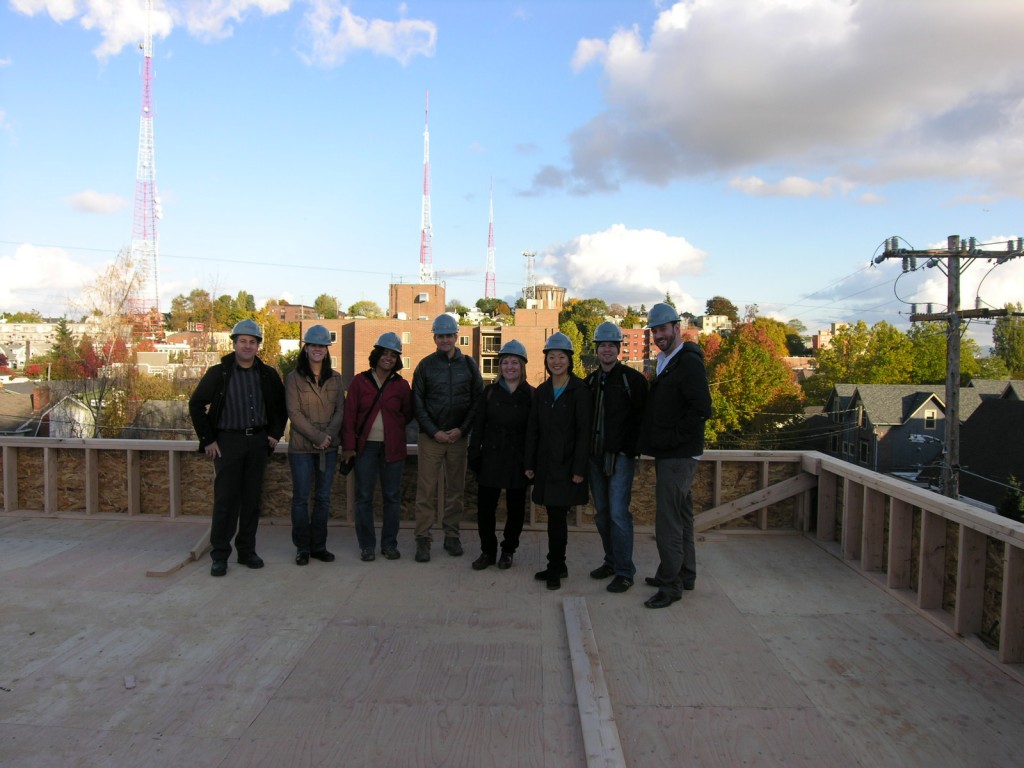


 [/caption]
[/caption]

